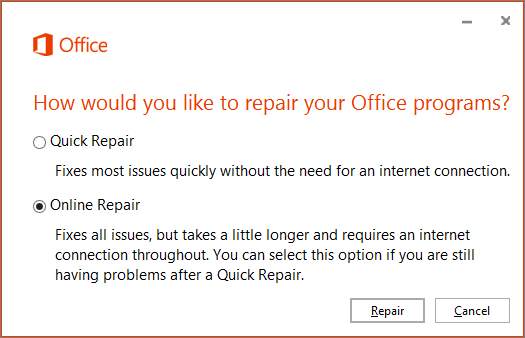

Option 3 – Remove permission to the users SharePoint Personal Site To deal with this scenario, we need to modify the permissions for each user folder that already exists, which is what we will discuss in Option 3 below. Remember, users who have used OneDrive for Business before these modifications will already have initiated their document library in SharePoint and these changes will not have any effect on them. This effectively disables OneDrive for Business for new users not in the ODB Users group. After following the steps described in the screenshots, you will be able to control which users have the ability to initiate their OneDrive for Business creations via the Group ODB Users. In the example we created a Security Group ODB Users in Office 365 admin center and assign them Create Personal Site permission in User profiles.

To fix this, instead of using the default Everyone except external users group , create separate groups and assign them permissions directly. If we uncheck the Create Personal Site permission, users will not be able to create their MySite or OneDrive in the first place. You can access these permissions via the following path: SharePoint Admin Center > User Profiles > Manage User Permissions This option gives users the ability to create the OneDrive for Business document library and if disabled, will disable OneDrive for Business access for those users. In SharePoint Online, the Personal Site creation is enabled for all users via the group Everyone except external users. OneDrive for Business uses SharePoint Online as backend. Scroll down to Option 3 for a fix to this scenario. This also allows us to control OneDrive for Business access via group membership. It is important to note – this will not have any effect on users who are currently already using OneDrive for Business. We can control OneDrive for Business access from the initial tenant deployment stage. Option 2 – Disable OneDrive for Business in the Office 365 tenant You will notice the Office Online Applications such as Word Online and Excel Online are also hidden, which disables the ability to create new Office files via the Office Online Applications. This is what the Office 365 Online Apps Launcher looks like after hiding OneDrive for Business. We can hide the OneDrive for Business App from the Office 365 Online Apps Launcher by selecting Hide next to OneDrive for Business from SharePoint Admin Center > Settings. This is what the Office 365 Online Apps Launcher looks like before hiding OneDrive for Business It is also important to note, this step will only disable OneDrive for Business and SharePoint Online use via Online/Web applications it does not disabled the ability to save documents to OneDrive for Business or SharePoint via Office 365 ProPlus and Office 2016 applications installed on the users workstations, nor does it disable the ability for the OneDrive for Business Sync Client installed on users workstations, from syncing files to OneDrive for Business. ), they can still access their OneDrive for Business site, even after performing these steps. It is important to note – if users know the OneDrive for Business Site URL (ie. It is simple to hide the OneDrive for Business Application from the Office 365 Online Apps Launcher by changing the app visibility setting from the SharePoint online administration site. Option 1 – Hide OneDrive for Business from the Office 365 Online Apps Launcher Another great blog post on this subject can be found here. For this we are better off using Office 365 Data Loss Prevention now that Microsoft has added the ability to block sharing content via OneDrive for Business and SharePoint Online. Note: There are times when it is only desirable to disable the sharing of confidential information with people outside of the organization and not completely disable the use of OneDrive for Business and SharePoint Online. The reasons for someone wanting to do this vary but are usually of the variety of needing more control over what the users are saving to OneDrive and SharePoint. When performing Office 365 migrations for clients, the topic of disabling OneDrive for Business and/or SharePoint Online often comes up.


 0 kommentar(er)
0 kommentar(er)
